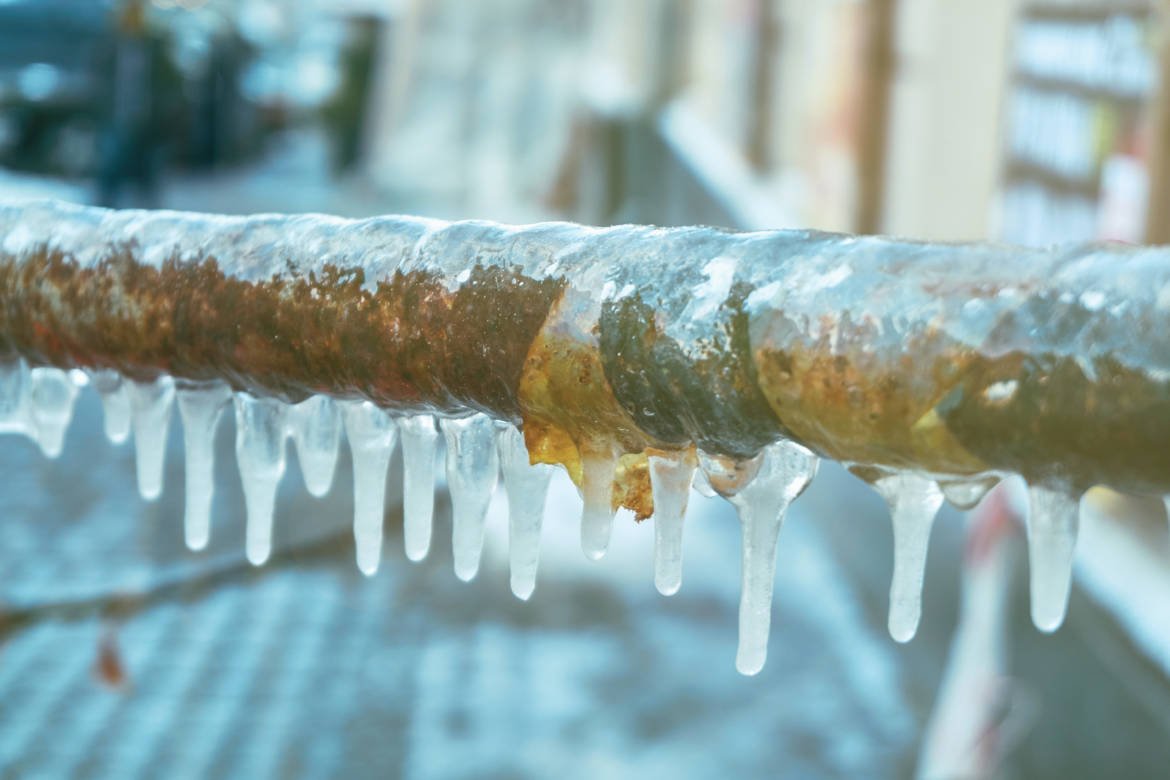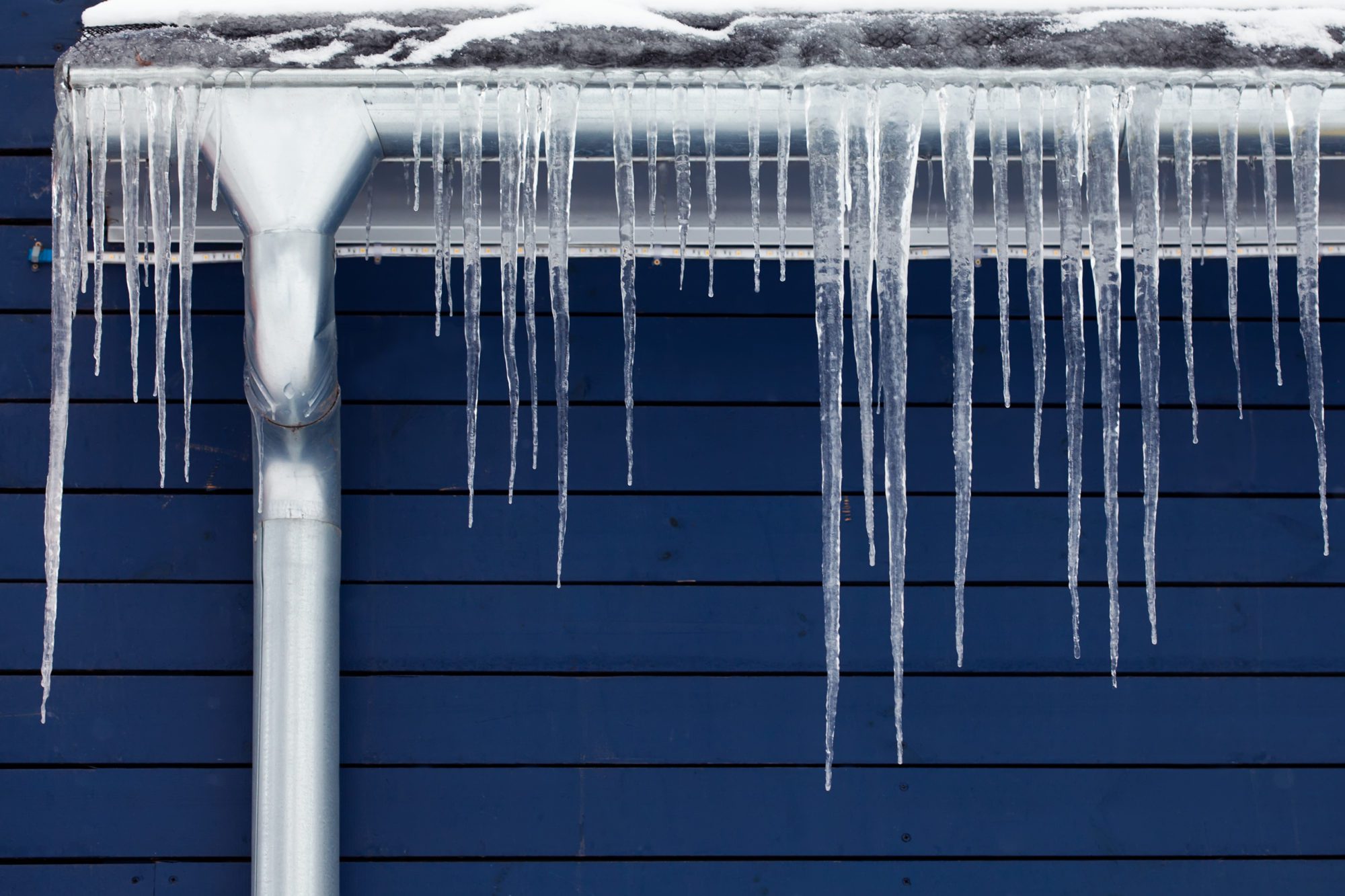Protecting Your Pipes from Freezing: Best Tips
Protecting Your Pipes from Freezing: Best Tips
Blog Article
This great article underneath in relation to Preventing and dealing with frozen pipes is extremely enjoyable. You should investigate for yourself.

Cold weather can damage your pipes, specifically by freezing pipelines. Here's exactly how to avoid it from occurring and what to do if it does.
Intro
As temperature levels decrease, the danger of icy pipes increases, potentially resulting in costly repairs and water damages. Comprehending how to avoid icy pipes is crucial for property owners in cool environments.
Prevention Tips
Protecting vulnerable pipes
Wrap pipes in insulation sleeves or utilize warmth tape to secure them from freezing temperatures. Focus on pipes in unheated or external areas of the home.
Home heating strategies
Maintain interior rooms effectively heated up, specifically areas with pipes. Open cabinet doors to enable warm air to flow around pipelines under sinks.
Just how to identify frozen pipelines
Look for decreased water flow from faucets, uncommon smells or sounds from pipelines, and visible frost on exposed pipes.
Long-Term Solutions
Architectural changes
Consider rerouting pipelines far from exterior walls or unheated locations. Add added insulation to attics, basements, and crawl spaces.
Updating insulation
Purchase premium insulation for pipes, attic rooms, and wall surfaces. Proper insulation aids preserve regular temperature levels and decreases the threat of frozen pipes.
Securing Outdoor Pipes
Yard tubes and outdoor taps
Disconnect and drain yard pipes before winter. Mount frost-proof faucets or cover outside faucets with insulated caps.
Understanding Icy Pipelines
What creates pipelines to ice up?
Pipelines freeze when revealed to temperatures below 32 ° F (0 ° C) for prolonged periods. As water inside the pipelines ices up, it broadens, taxing the pipe wall surfaces and possibly triggering them to rupture.
Threats and damages
Frozen pipelines can lead to water system disturbances, home damages, and pricey repairs. Burst pipes can flood homes and cause comprehensive structural damage.
Signs of Frozen Pipeline
Determining frozen pipes early can prevent them from breaking.
What to Do If Your Pipelines Freeze
Immediate activities to take
If you presume frozen pipes, keep taps open up to eliminate pressure as the ice melts. Make use of a hairdryer or towels taken in warm water to thaw pipes gradually.
Final thought
Avoiding icy pipes requires aggressive steps and fast reactions. By comprehending the causes, indications, and safety nets, homeowners can secure their pipes during cold weather.
6 Proven Ways to Prevent Frozen Pipes and Protect Your Home
Disconnect and Drain Garden Hoses
Before winter arrives, start by disconnecting your garden hoses and draining any remaining water. Close the shut-off valves that supply outdoor hose bibs and leave the outdoor faucet open to allow any residual water to drain. For extra protection, consider using faucet covers throughout the colder months. It’s also important to drain water from any sprinkler supply lines following the manufacturer’s directions.
Insulate Exposed Pipes
Insulating your pipes is an effective way to prevent freezing. Pipe insulation is readily available at home improvement stores and is relatively inexpensive. Pay close attention to pipes in unheated areas such as the attic, basement, crawl spaces, or garage. Apply foam insulation generously to create a buffer against the cold. You can also wrap your pipes in heat tape or thermostat-controlled heat cables for added warmth.
Seal Air Leaks
Inspect your home for any cracks or openings that could let in cold air. Seal any holes around the piping in interior or exterior walls, as well as the sill plates where your home rests on its foundation. Additionally, make sure to keep your garage door closed unless you’re entering or exiting. Leaving it open creates a significant air leak that can lead to frozen pipes.
Allow Warm Air Circulation
During cold snaps, it’s essential to allow warm air to circulate evenly throughout your home. Leave interior doors ajar to promote better airflow. Open kitchen and bathroom cabinets to help distribute heat consistently around the rooms. If you have small children or pets, be sure to remove any household chemicals or potentially harmful cleaners from open cabinets for safety.
Let Faucets Drip
A small trickle of water can make a big difference in preventing ice formation inside your pipes. When temperatures drop significantly, start a drip of water from all faucets served by exposed pipes. This continuous flow helps prevent the water from freezing. Additionally, running a few faucets slightly can relieve pressure inside the pipes, reducing the chances of a rupture if the water inside does freeze.
https://choateshvac.com/6-proven-ways-to-prevent-frozen-pipes-and-protect-your-home/

Hopefully you enjoyed our piece on 6 Ways to Prevent Frozen Pipes. Thank you for finding the time to read our piece. Sharing is nice. One never knows, you might be doing someone a favor. Thanks so much for taking the time to read it.
Schedule Your Service Report this page